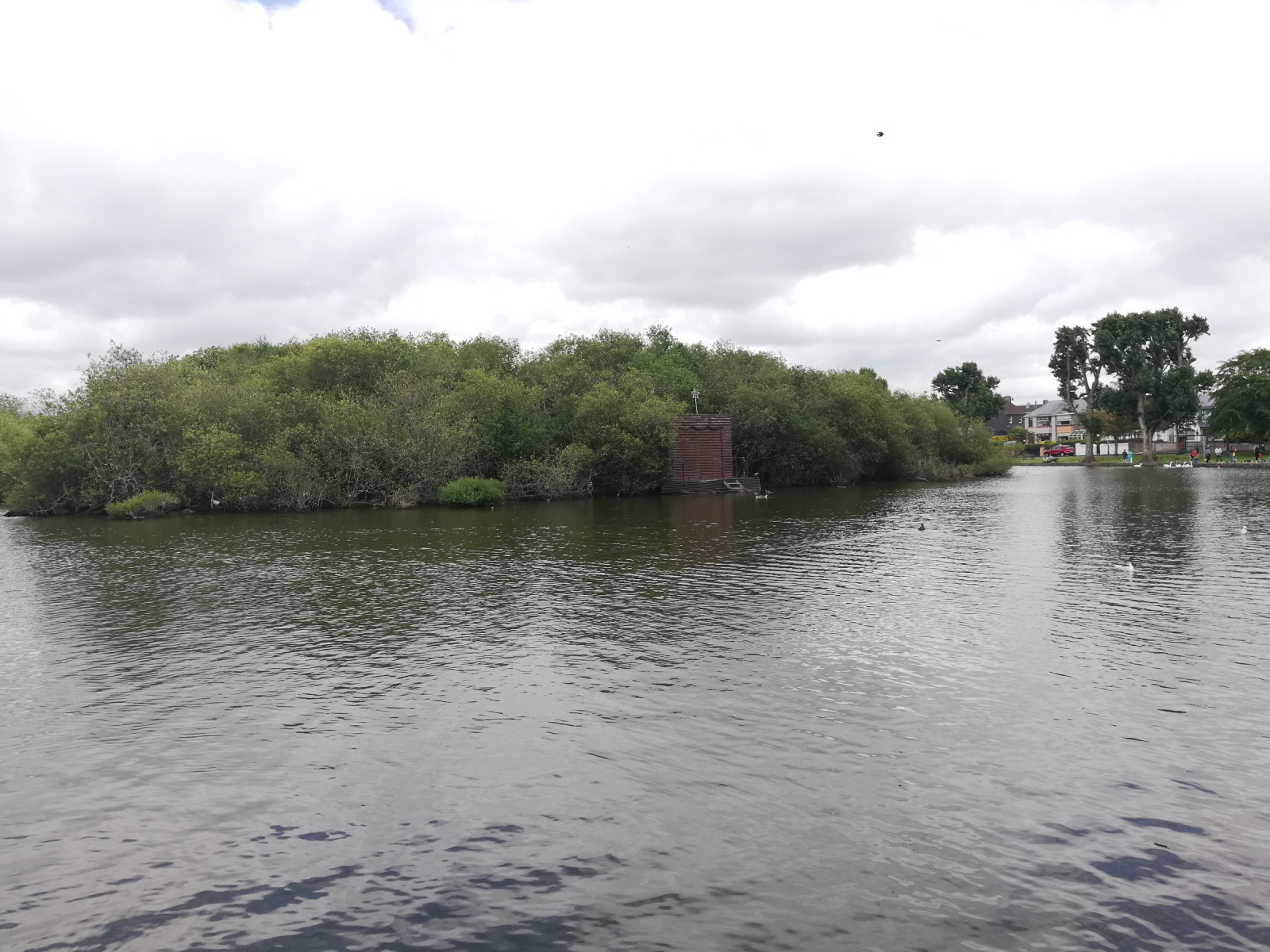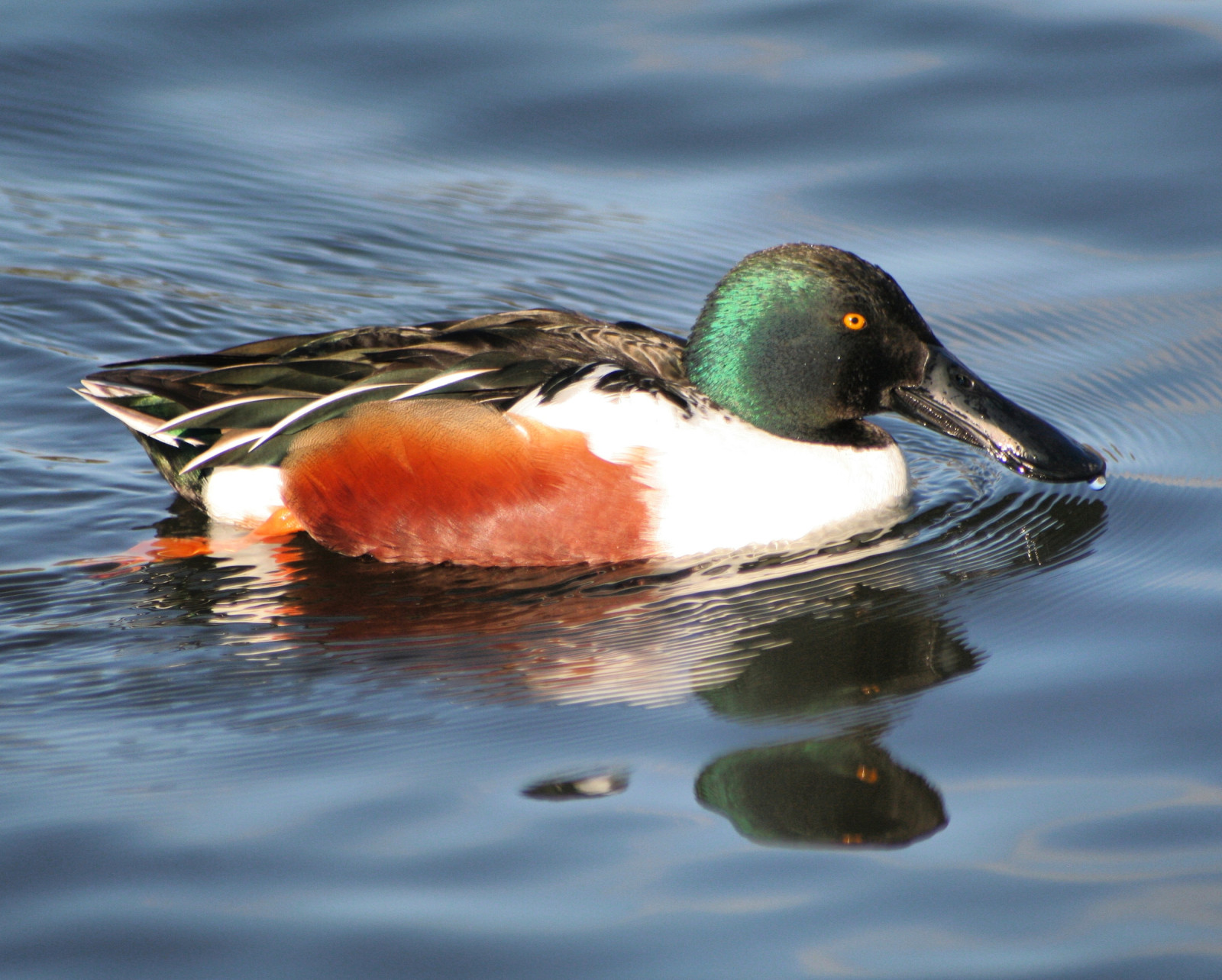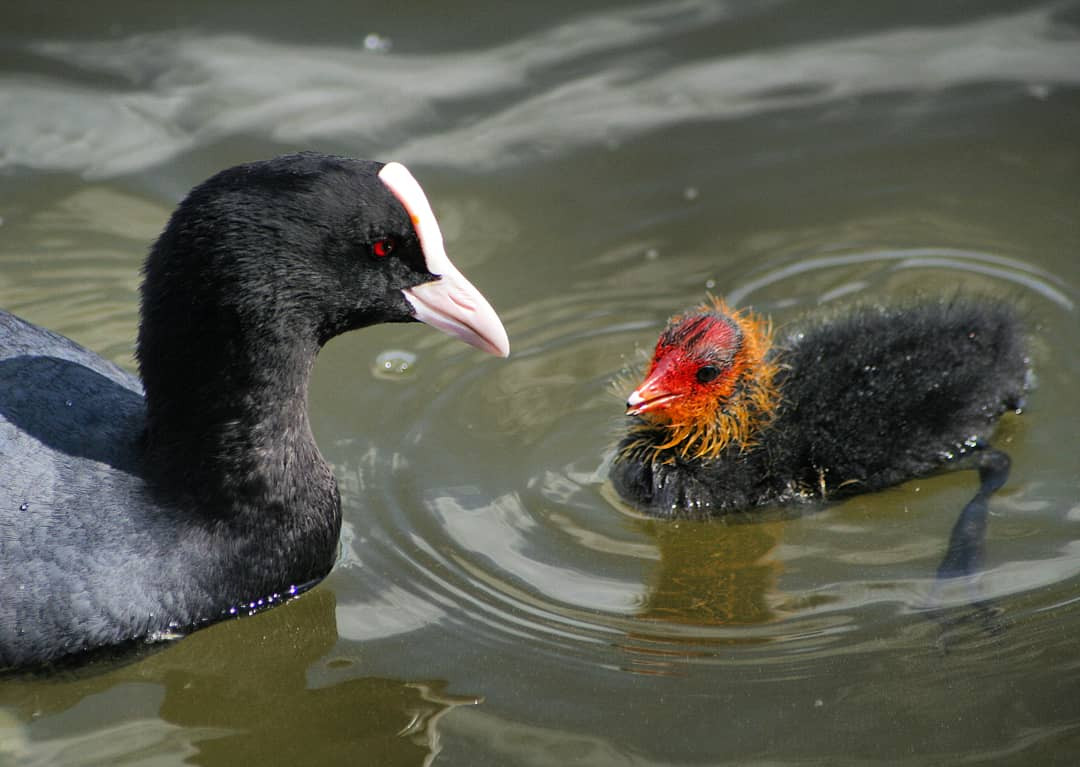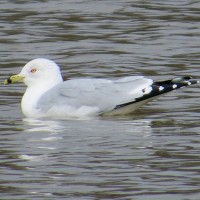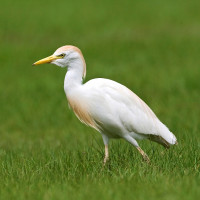Opis
The Lough is a lake in south-west Cork City that holds interesting waterbirds, particularly in the winter months. Płaskonos can be easily seen here and at times the numbers can reach national importance. cyraneczka and czernica are also regular here and occasionally głowienka, krakwa and rożeniec can be seen. The island on the lake provides an excellent roosting area and hundreds of corvids can be seen arriving in on winter evenings and are often joined by czapla siwa and czapla nadobna. In recent years, czapla złotawa has also been recorded regularly.
The lake is probably best known for the chance to see rare gulls. mewa delawarska and mewa romańska have been seen most winters, as have mewa polarna and mewa czarnogłowa. mewa kanadyjska and mewa blada have also been observed here.
In spring and summer, the lake is much quieter but łyska breed, as do the feral gęgawa.
Szczegóły
Dostęp
The Lough is located in south-west Cork City. There is a small car park next to the Lough. Click on the P in the map for directions to the car park. Alternatively, the 214 bus stops next to the lake.
Teren i siedlisko
Rzadkie drzewa i krzewy , JezioroWarunki
PłaskiTrasa dookoła
TakCzy luneta będzie przydatna ?
Może być przydatnaUdany sezon obserwacyjny
Wiosna , Jesień , ZimaNajlepszy czas na wizytę
ZimaTrasa
Szeroka ścieżkaPoziom trudności szlaku pieszego
ŁatwyDostępne
Pieszo , Samochód , Rower , Wózek inwalidzkiCzatownia/platforma obserwacyjna
NieDodatkowe informacje
The Lough is also well known for its bats. Daubentons, Lesiler's and Long-eared Bats can all be found here on summer evenings.
